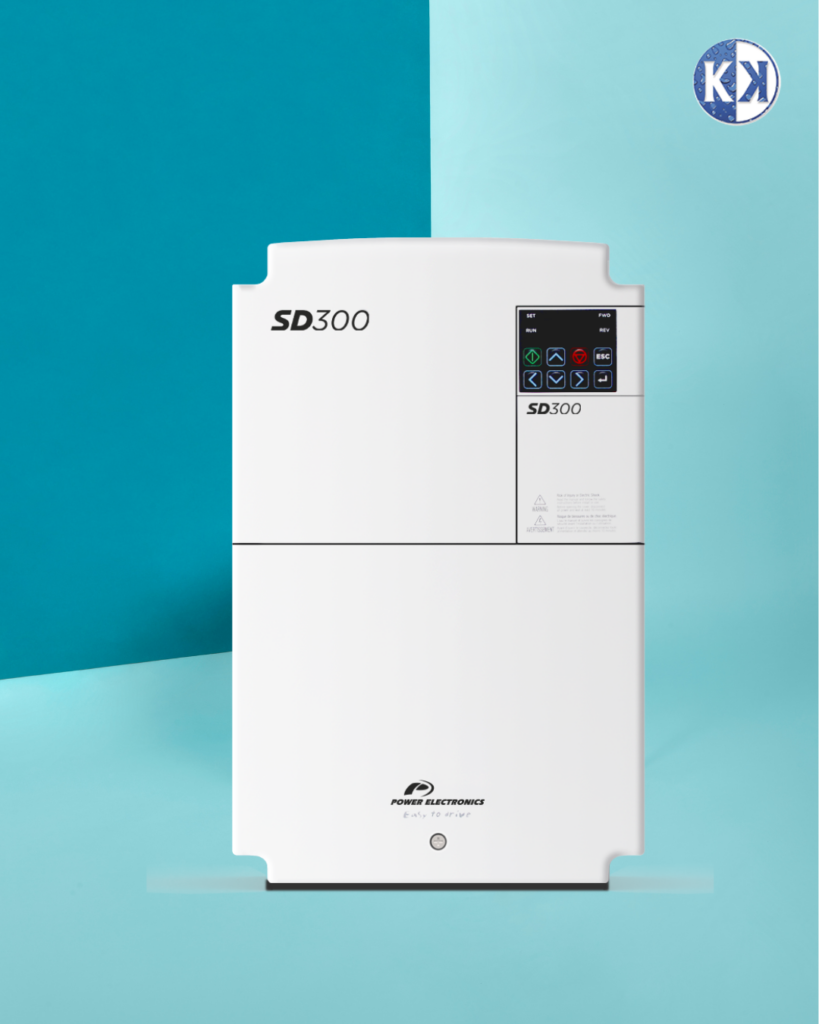Introduction to Variable Frequency Drives
Variable frequency drives (VFDs), also known as frequency converters or variable speed drives, are essential components in modern industrial automation. These devices enable precise control of the speed, torque, and direction of electric motors, adapting their operation to the process requirements. This capability not only improves operational efficiency but also significantly contributes to sustainability and reduces energy costs. But how is this achieved, and what implications does it have for global industries?
How do Variable Frequency Drives Work?
Variable frequency drives adjust the speed of electric motors by altering the frequency and voltage of their power supply. This process is accomplished through a series of electronic conversions: alternating current (AC) is converted into direct current (DC), and then modulated into variable frequency AC using pulse width modulation techniques. This technology not only allows refined control of motor operating characteristics but also optimizes energy usage and reduces mechanical wear associated with frequent starts and stops.
Benefits of Variable Frequency Drives
Variable frequency drives offer multiple advantages:
• Energy and Cost Reduction: They optimize energy consumption by adjusting motor speeds to real needs, resulting in significant reductions in electricity costs.
• Process Efficiency Improvement: By providing precise speed control, they enhance process adaptability and efficiency, translating to higher quality final products and less downtime.
• Equipment Life Extension: They reduce mechanical stress on motors during start-up and shutdown, significantly prolonging their lifespan.
Common Industrial Applications of Variable Frequency Drives
Variable frequency drives are crucial in various industrial applications, from HVAC control in buildings to complex operations in manufacturing and mining:
• HVAC Systems: They optimize the operation of heating, ventilation, and air conditioning systems, improving energy efficiency and climate control in commercial and residential facilities.
• Mills and Crushing: They regulate mills in the construction and feed industry for crushing materials such as stone, cement, or feed.
• Gasification Plants and Mining: They control pumps and conveyors, enhancing transport efficiency and reducing energy consumption in high-wear environments.
• Load Lifting: They are essential in cranes, bridges, elevators, and lifts, where precision and safety are critical.
• Irrigation Facilities, Wastewater Treatment Plants, and Desalination Plants: They adjust flow and pressure in pumping and treatment systems, vital for efficient water management.
Recent Technological Advances in Variable Frequency Drives
The development of permanent magnet synchronous motors (PMSM) and the adaptation of variable frequency drives to optimize these motors represent a significant advancement. PMSMs operate with efficiency 10-12% higher than asynchronous motors, especially at low speeds. Power Electronics has integrated advanced vector control algorithms into their drives, allowing for more efficient and precise control suitable for applications reliant on precision and quick response, such as automated assembly lines and transportation systems. This technology not only improves energy efficiency but also ensures more precise and stable handling, crucial for maintaining competitiveness in dynamic industrial markets.
Benefits and Applications of PMSMs
The integration of PMSMs with advanced variable frequency drives results in notable improvements in terms of energy performance, reduced operational costs, and a smaller environmental footprint. These systems are particularly beneficial in sectors such as manufacturing, automotive, and robotics, where efficiency and reliability are paramount.
Guide to Selecting the Appropriate Variable Frequency Drive
Choosing the appropriate variable frequency drive is crucial to ensure optimal performance and avoid additional costs due to oversizing or operational failures. When selecting a drive, several key factors should be considered to ensure successful and efficient integration:
• Motor Power and Application Characteristics: It is crucial that the drive can handle the maximum power required by the motor and adapt to the specific dynamics of the application.
• Operating Environment: Evaluate environmental conditions that could affect drive operation, such as temperature, humidity, and the presence of contaminants like hydrogen sulfide.
• Specific Process Requirements: Determine if you need precise speed control, advanced communication capabilities, or configurations tailored to particular applications.
• Cable Distance and Type between the Drive and the Motor: One of the most important technical aspects when selecting a variable frequency drive is considering the distance and type of cable connecting the drive to the motor. Power Electronics includes in its SD750 range the dV/dt output filter, which allows the use of cable distances of up to 300 meters for unshielded cable and up to 150 meters for shielded cable. This is crucial because at distances larger than 50 meters, the capacitive effect of the cable can generate voltage spikes that could potentially damage the motor winding by exceeding the insulation voltage. The correct choice of drive and its proper configuration can mitigate these risks and ensure motor integrity in the long term.
• Regenerative Energy Management: It is vital to consider that, in certain applications, especially those with dynamic loads like elevators or conveyor belts, the motor can regenerate energy. Power Electronics offers two effective solutions for managing this energy:
1. Dissipation through Brake Modules and Brake Resistors: This option is ideal for systems needing a simple and cost-effective solution for handling regenerated energy.
2. Use of the SD750F Range: This series of drives not only handles regenerative energy but also returns it to the electrical system, allowing other equipment to utilize it. This ability to regenerate energy in all four quadrants not only improves energy efficiency but also contributes to the sustainability of the system.
Conclusions and Final Considerations
Variable frequency drives are essential components in modernizing industrial practices. They offer an effective and sustainable way to manage resources and improve operational efficiency. As industries continue to face global challenges and environmental pressures, the ability to adapt and optimize energy usage will become increasingly crucial. Variable frequency drives, especially when combined with advanced technologies like PMSMs, play a key role in this effort, enabling companies not only to comply with current regulations but also to prepare for a sustainable future.

